Rushed Metro riders can be seen tightly gripping thermoses as they ride the morning rails. Young professionals keep a row of eclectic mugs perched on their desks — just in case. Students carry their iced or hot beverages to and from their morning, afternoon and evening classes. Lately, it seems as though coffee is the favorite accessory of the average Washington, D.C. resident.
After all, there’s no better place to get caught with a coffee craving than D.C. A quest for caffeine through the streets of the Georgetown neighborhood alone can lead you to Saxby’s on the corner of 35th and O streets, Peet’s Coffee on M street or Wisconsin Avenue’s The Bean Counter, just to name a few. No matter age or occupation, coffee has longed served the dual purpose of fueling, and providing relief from, our hectic city lives. Given the rapid growth of coffee shops over the past year, it appears that the caffeine craze is still brewing in the nation’s capital.
Hot Coffee, Hot Shops
Coffee has been continuing its District takeover in 2018. More than 11 percent of announced retailers opening locations in D.C. are coffee shops, according to Real estate firm JLL.
According to Aaron Agre, manager of Grace Street Coffee in Georgetown, the growing demand for coffee started in 2008, although the past two years have seen an influx of big box stores like Blue Bottle and La Colombe to the District.
“If you pay attention to the grassroots coffee scene in D.C., you see a pretty natural expansion,” Agre wrote in an email to The Hoya.
One reason for coffee’s growing demand is that cafes offer more than just a caffeine fix: They present an attractive public space and a sense of community.
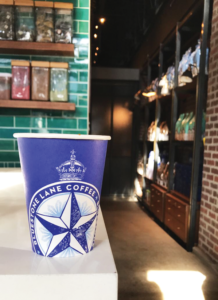
Bluestone Lane exemplifies this trend. The shop’s decor is bright and open, with large shopfront windows and an array of small tables and bar-style seating.
Ellee Pitman, PR and marketing associate for Bluestone Lane, noted the store’s focus on service and a public space.
“Bluestone Lane is where people can take a break, escape and enjoy their time, thoughtfully,” Pitman wrote in an email to The Hoya. “At Bluestone Lane, you feel like a local, where the barista knows your name, face, and order. For us, enjoying coffee is more about the experience than it is about the need for caffeine.”
Cafes like Bluestone Lane rely on a dynamic image and an inviting space to keep coffee drinkers coming back. Approximately 400 feet away, tucked into the Grace Streeet alleyway branching off from Wisconsin Avenue, Grace Street Coffee pursues a similar strategy.
The independently owned coffee shop opened in Georgetown in July 2017, and still roasts its beans on site. The shop has a modern, minimalist aesthetic, and shares its space with South Block, a smoothie and acai bowl joint, and SunDeVich, a sandwich shop with a global theme.
Grace Street Coffee profits from the collaborative atmosphere of the three restaurants, Agre said.
“Our loyal customers are a diverse set of people. The unifying thread is people who want good coffee, and a warm experience,” Agre wrote. “As an independently owned coffee shop, we are able to collaborate with our neighbors in a way that is more difficult for large, corporate companies.”
The emphasis on communal space in cafes did not originate in the District, however. This generation of grassroots coffeeshops is following consumer trends heavily influenced by the meteoric rise of Starbucks.
The Starbucks Effect
The first Starbucks store opened in Seattle on March 30, 1971, by three partners who met while studying at the University of San Francisco. Their main motivation behind starting Starbucks was to sell high-quality coffee beans and equipment that was not previously offered in the U.S. market.
The following year, Starbucks commercialized espresso.
When Starbucks’ market cap was just below $100 billion in 2011, the corporation launched 25,000 units globally, according to Nick Stone, founder of the coffee shop Bluestone Lane, in an interview on the podcast “The Mentor List.”
It was in this globalization of espresso that Starbucks introduced quality coffee to young people, especially the millennial demographic — an age group of 19 to 34.
Starbucks also introduced the concept of the “Third Space,” a term originated by American sociologist Ray Oldenburg to identify a channel of community. The Third Space encouraged people to obtain coffee in locations other than the “first” and “second” places of the home and the office, where most coffee was consumed.
After Starbucks helped popularize espresso and the coffee shop as a commmunal space in the United States, new brands emerged, encouraging social connection and selling a lifestyle as well as a product.
Nick Stone, founder of Bluestone Lane Coffee, was motivated to study Starbuck’s coffee culture and its value proposition to find ways to make it better.
“Young people got used to drinking espresso beverages — but after consuming it for the past 15 years, they are ready for something better. They are ready for something more aspirational— something more artisan that encourages a healthier lifestyle,” Stone said.
Stone cited a new desire for a café lifestyle as a major driver for his brand’s popularity.
“You do not need to be known as a coffee company, you can be known just as a brand—a lifestyle brand,” Stone said. “The Australian lifestyle movement at the essence of Bluestone Lane focuses towards active living, healthy living and cleanliness.”
While Bluestone Lane emphasizes an artisanal lifestyle brand, Blue Bottle Café, a West Coast chain founded in 2002, focuses on fostering personal connections in its stores.
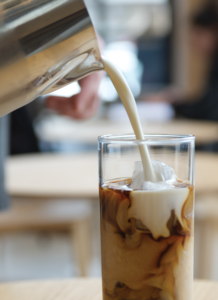
“Blue Bottle is built on the principles of deliciousness, sustainability and hospitality,” Jamie Mesenburg, Blue Bottle press representative, wrote in an email to The Hoya.
Blue Bottle embodies the coffee revolution’s emphasis on the communal coffee-drinking experience with its long communal table and no Wi-Fi service. Instead of sitting at individual tables working on laptops, the interior design encourages customers to engage with each other.
Although students seeking to conduct internet research might find Blue Bottle a frustrating workplace, the café’s distinct design has earned the brand success in the District. Blue Bottle’s Georgetown cafe was the first to open in Washington, D.C., in July 2017. Since then, Blue Bottle has expanded, opening locations in Union Station, Logan Circle and Union Market.
Blue Bottle, Bluestone Lane and Grace Street Coffee emphasize community through their sleek interior designs, selling a lifestyle alongside their coffee with their own spin on the Starbucks model of the Third Space. Yet, the shops are only half the story; the style of these artisanal coffeeshops has been shaped by the changing demands of consumers.
Agre from Grace Street Coffee said consumers’ desires are changing the market.
“We represent the specialty coffee sector, which is the fastest-growing sector of the market,” Agre wrote. “As people learn more about the craft of coffee, and the reality of farming, processing, importing and roasting good coffee, the more they feel the need to enter our coffee market.”
The popularity of coffeeshops like Grace Street Coffee, Bluestone Lane and Blue Bottle as lifestyle brands and public spaces shows that District residents are still seeking face-to-face connection and a feeling of community. Instead of gulping down a redeye as we browse Twitter on the way to class, perhaps we could all benefit from taking a moment to sip a cappuccino with our Georgetown neighbors.


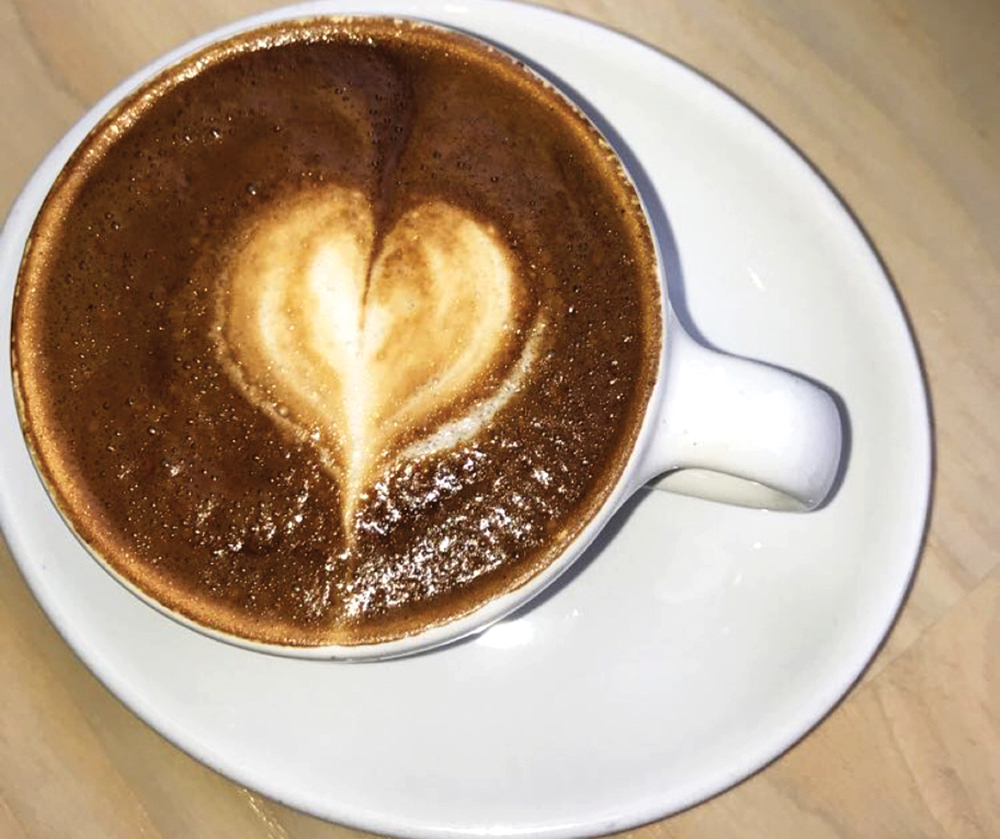






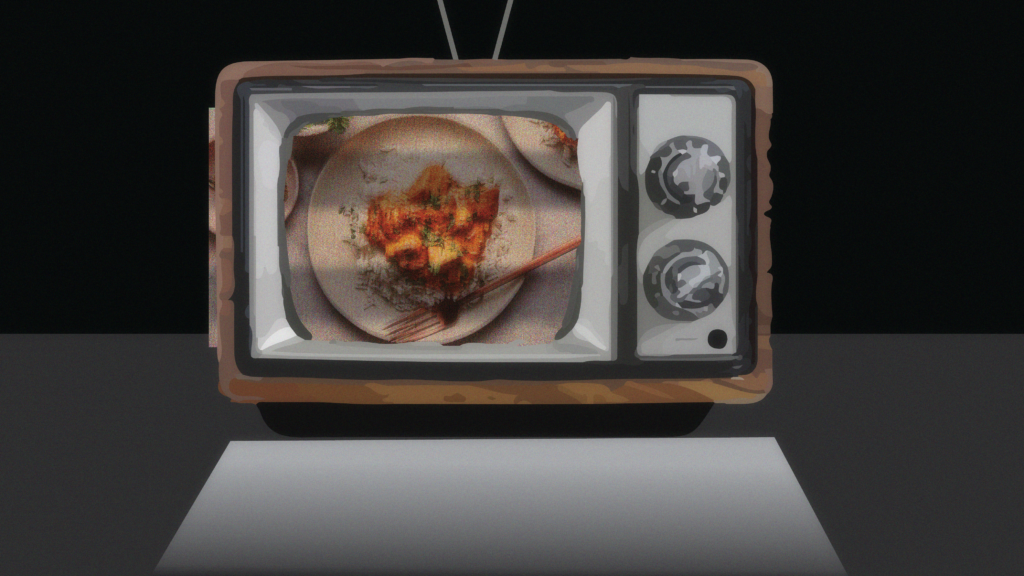

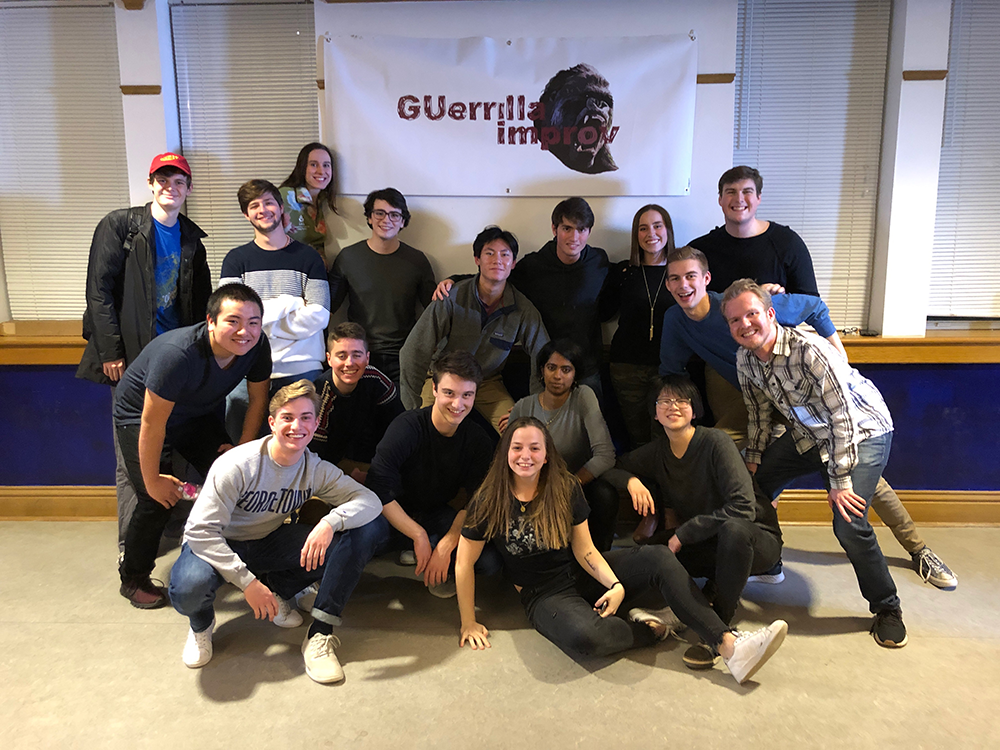
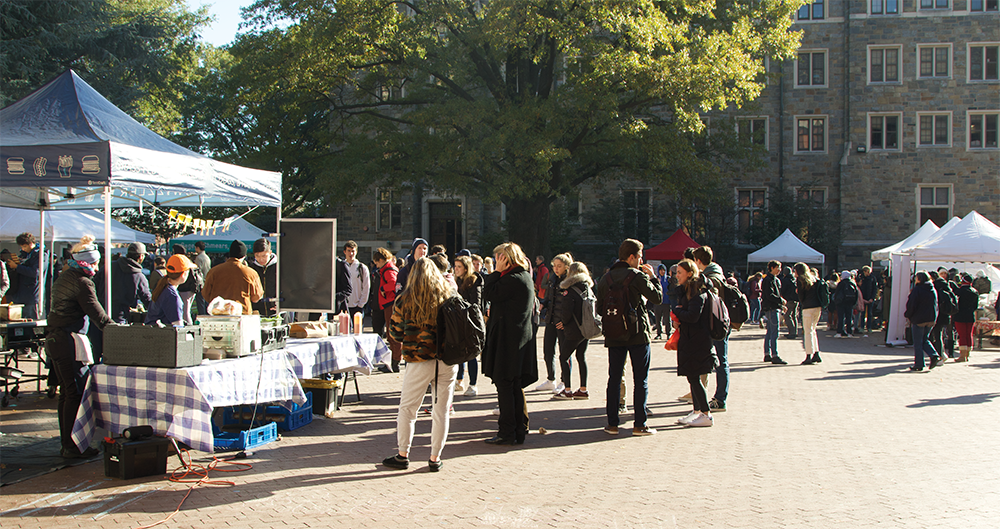
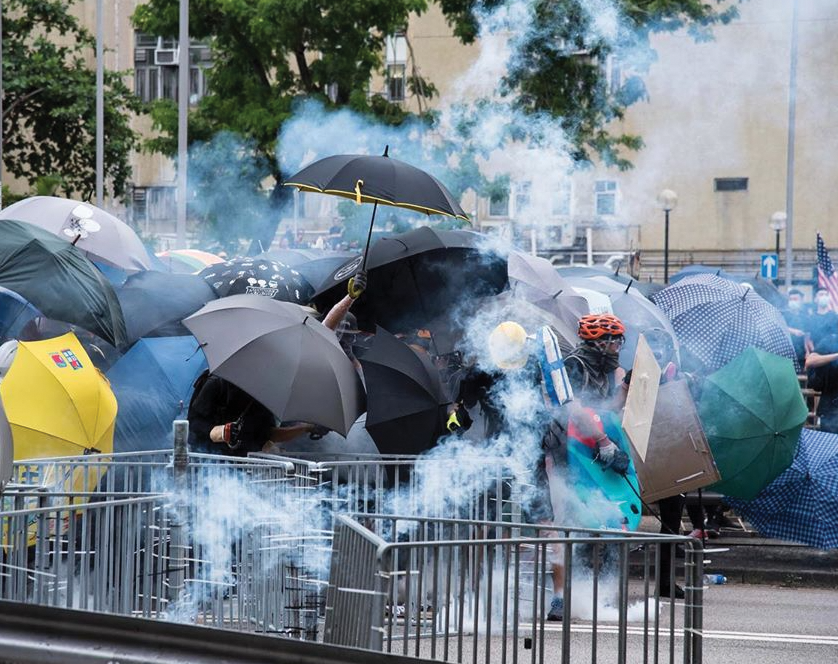
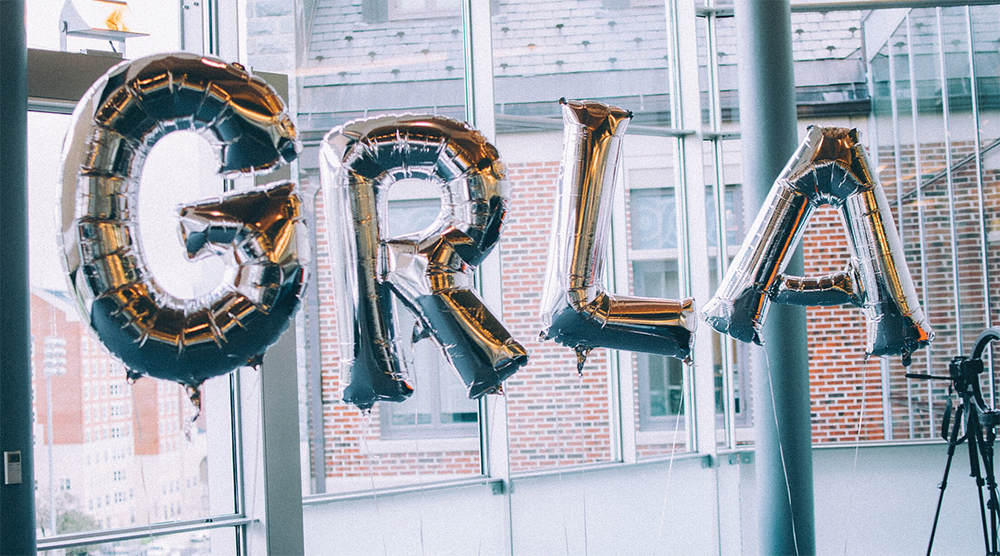






Kathy • Sep 16, 2018 at 11:05 pm
This is really well written. I have been an avid coffee drinker in DC for 20 years and truly believe we have some of the best coffee!